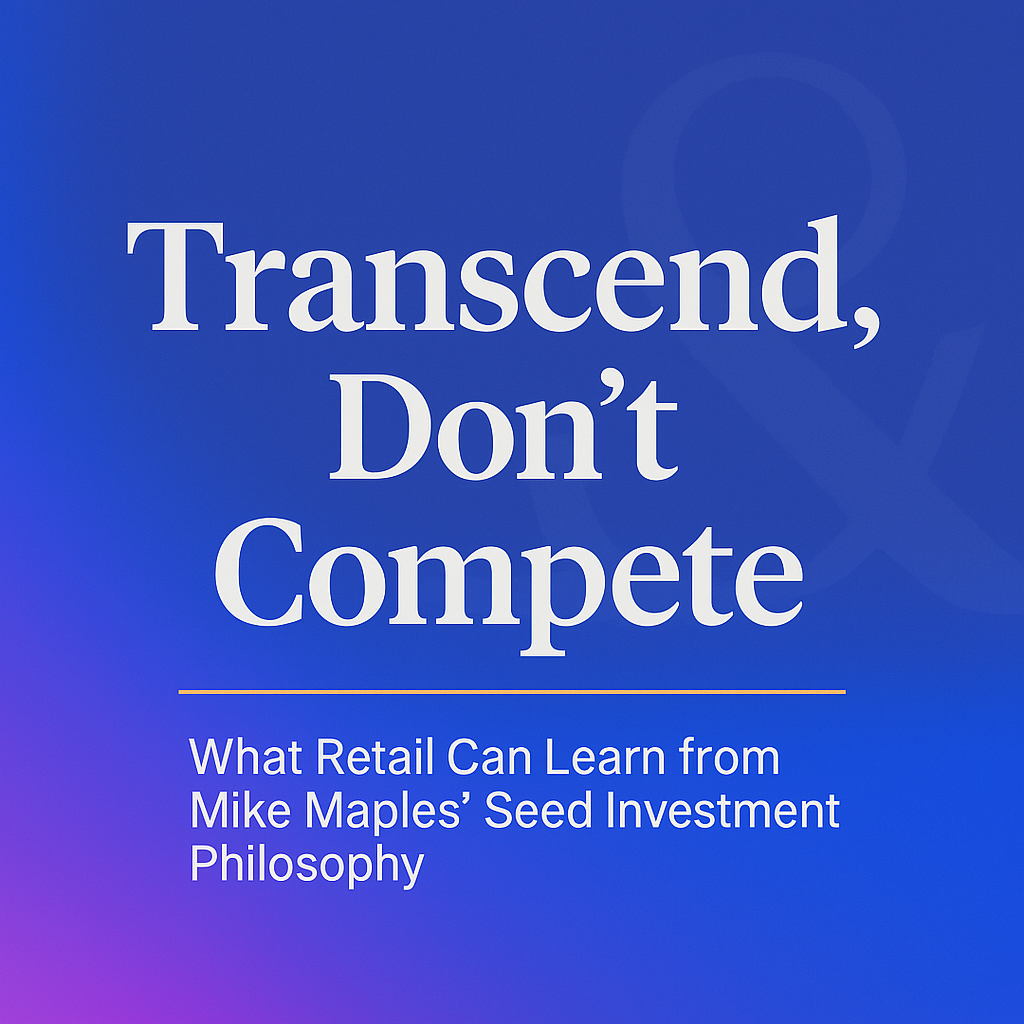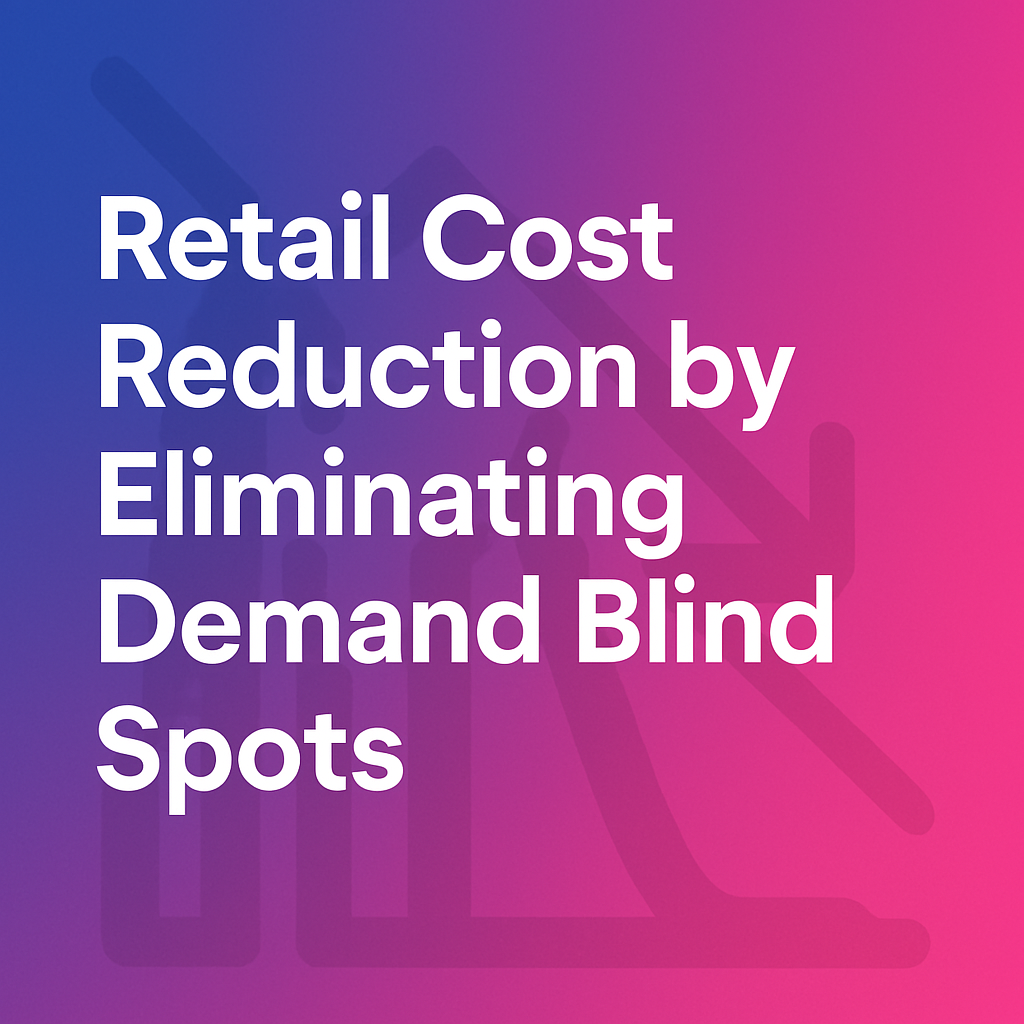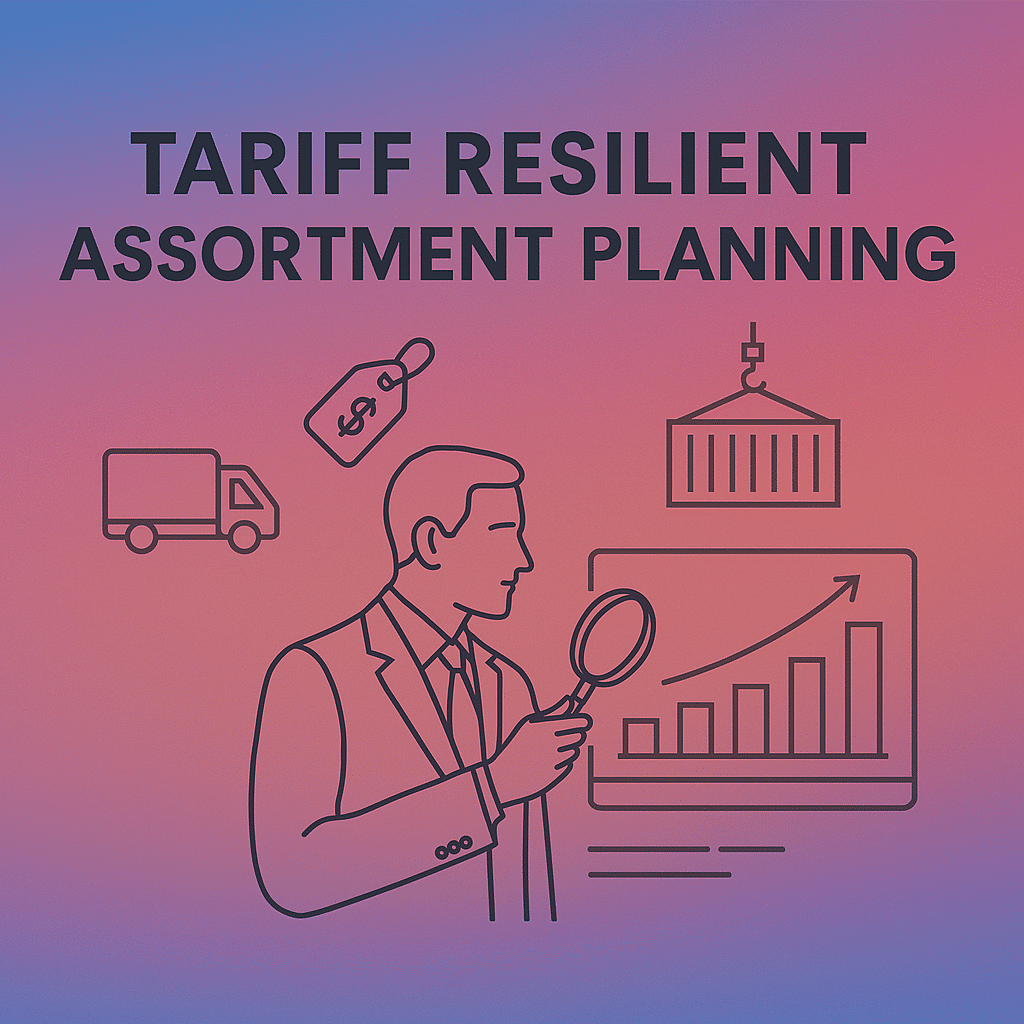Unconventional Retail Economic Indicators: Beyond the Lipstick Index

Introduction
Economic downturns are an unavoidable aspect of any market cycle. However, businesses that can successfully navigate these challenging times often emerge stronger and more resilient. One key element in achieving this is understanding retail economic indicators, such as the Lipstick Index, that provide valuable insights into consumer behavior during recessionary periods. In this blog post, we will discuss various retail economic indicators, delve into critical views of these indicators, and offer strategies for navigating and thriving during economic downturns, concluding with a strong call to action.
Our earlier blog “four key actions to thrive in an economic downturn” is a good reference for some of the predictive indicators.
Unraveling Retail Economic Indicators
- The Lipstick Index: This retail economic indicator, coined by Leonard Lauder, the former chairman of Estée Lauder, suggests that during economic downturns, consumers tend to purchase more affordable luxury goods, such as lipstick, instead of splurging on expensive items. Monitoring the Lipstick Index can provide insights into shifting consumer preferences and help businesses adapt accordingly.
- Critical View: Critics argue that the Lipstick Index is not a consistent indicator of economic downturns, as it may be influenced by various factors, including changing beauty trends, social influences, and cultural norms. Moreover, the indicator may not apply equally across different regions or cultures.
- The Men’s Underwear Index: Another unconventional retail economic indicator, proposed by former Federal Reserve Chairman Alan Greenspan, posits that men tend to postpone the purchase of new underwear during economic downturns. Tracking sales trends in this category can offer valuable information about consumer confidence and overall economic sentiment.
- Critical View: The Men’s Underwear Index has also faced criticism for its anecdotal nature and lack of empirical support. Changes in men’s underwear sales could be attributed to numerous factors, such as evolving fashion trends or the growing popularity of online shopping, rather than solely reflecting economic conditions.
- The Hemline Index: Introduced by economist George Taylor in the 1920s, the Hemline Index suggests that skirt hemlines tend to rise during periods of economic prosperity and fall during economic downturns. This retail economic indicator can offer a glimpse into consumer mood and their willingness to spend on fashion and other non-essential items.
- Critical View: The Hemline Index has been criticized for its lack of robust empirical evidence, and some argue that its relevance has diminished over time due to the diversification of fashion trends and women’s clothing choices. Additionally, it may not accurately represent consumer sentiment across different cultural contexts.
- The Cardboard Box Index: By monitoring the demand for cardboard boxes, commonly used for shipping goods, businesses can gain insights into overall consumer spending and supply chain health. An increase in cardboard box demand can signal a healthier economy, while a decrease may indicate a slowing economy.
- Critical View: Critics argue that the Cardboard Box Index may not always accurately reflect consumer spending patterns, as changes in demand could be influenced by factors such as seasonal fluctuations, shifts in manufacturing processes, or the adoption of alternative packaging materials. Furthermore, the growth of e-commerce and the increasing popularity of online shopping may distort the relationship between cardboard box demand and overall economic health.
- The Generative AI Index: As technology continues to advance, the possibility of new retail economic indicators emerges. One such potential indicator is the Generative AI Index. This index would leverage the power of artificial intelligence to analyze massive amounts of data from various sources, such as social media, search trends, and consumer spending habits. By employing advanced algorithms and machine learning techniques, generative AI could identify previously undiscovered patterns in consumer behavior, providing businesses with more accurate, real-time insights into market dynamics during economic downturns and other periods of uncertainty.
- Critical View: While the Generative AI Index holds promise for the future, it is important to acknowledge the potential limitations and ethical concerns related to data privacy and algorithmic bias. Ensuring responsible use of AI and addressing these concerns will be crucial in the successful implementation of such an index. Furthermore, relying solely on AI-generated insights may not be sufficient, as human expertise and intuition still play an essential role in understanding complex market dynamics and making informed business decisions.
Navigating Recessionary Periods with Retail Economic Indicators
- Understand consumer behavior shifts: Pay close attention to changes in consumer behavior and preferences during recessionary periods, as revealed by retail economic indicators. Offer promotions or discounts to cater to price-sensitive consumers and maintain customer loyalty.
- Diversify product offerings: Diversify your product offerings to cater to the changing needs of consumers, as informed by retail economic indicators. Offer a range of price points and focus on providing value to your customers.
- Adapt your marketing strategy: Adjust your marketing strategy based on insights from retail economic indicators. Emphasize the value of your products or services and highlight any promotions or discounts you are offering. Target the right audience and expand your digital presence to reach more potential customers.
- Focus on customer retention: During a recession, retaining existing customers becomes even more important. Offer exceptional customer service and engage with your customer base through personalized marketing efforts.
- Financial management: Keep a close eye on your financials and make adjustments as needed. Prioritize cost-cutting measures, manage inventory effectively, and ensure access to credit or other financial resources.
- Stay informed: Continuously monitor retail economic indicators to make informed decisions for your business. Stay up to date on local, national, and global economic indicators. Adding more alternate data to decision-making will be prudent.
The insights provided by retail economic indicators are invaluable, but harnessing these insights effectively requires the right tools and expertise. Stylumia offers cutting-edge solutions designed to help businesses navigate the complexities of the retail landscape, particularly during recessionary periods. Don’t miss the opportunity to stay ahead of the curve and adapt to the ever-changing market dynamics.
Request a Stylumia demo today (use this link to book one) and experience firsthand how our innovative platform can empower your business to make data-driven decisions and thrive in any economic climate.
Act now and secure your business’s future success.



